|
Many of my interactions with Liz, known to any of us as Greensideknits were via Twitter. It therefore seems somewhat appropriate that via Twitter is how I heard of her unexpected death at the end of last week. I'd known Liz for years, I have no idea where we first met... but it was probably online, and probably via Ravelry. We then met up at various other events over the next decade. We probably didn't talk regularly, but the joy of places like twitter is that people can pop up in conversations in the post unexpected moments. So it was with Liz. I'd probably have a moan about something, and she's either appear in my mentions, or send me a dm. Like me she loved her cricket and her cycling, and we'd often share moments of triumph and disaster through our keyboards. It was through her love of cycling that I think I best got to "know" Liz. Because one of the things that became apparent after her death is how many lives she quietly touched, and just how many interests she had. I don't think any of us realised just how many people she was in touch with regularly. Liz loved France, and that love of cycling, France, fibre crafts and writing coincided every year with the Tour de Fleece. For each stage of the race Liz would write beautiful summaries about the area of France the race passed through each day. These posts took weeks in the researching and writing, and she did it for the pleasure she knew it bought to others. They were often the highlight of my day. Initially the posts appeared in the Archers Lovers forums on Ravelry, but as time went on she very kindly popped in to the Hilltop Cloud group and wrote some for us to enjoy. This summer she duplicated those posts in the temporary home we used for the Tour de Fleece after the Ravelry site redesign. I went back to read them yesterday morning and they seem like the perfect way to remember her. So pour yourself a glass of something French. Here's to you Liz. You were taken from us to soon, but by golly we enjoyed having your company whilst you were here. Stage 1- Saturday 27 June, – Nice Moyen Pays to Nice, 156km So - here we go for our virtual Grand Départ 2020. This is the route, with the original dates… It manages the great combination of all things issued by ASO (the race organisers) in being simultaneously huge and yet unreadable. But you get the idea. Anyone with a fondness for Normandy and Brittany is very much out of luck this year... However, as we all know, Covid-19 has scuppered the original dates, as so much this year. So the inconsequential ramblings can be even more inconsequential... Let's talk about Nice... In terms of the race, Nice got in quite early - they were part of the 4th *édition* in 1906, as a finish town for a 345km stage from Grenoble, before the riders started on a 308km stage to Marseille... Stages were longer then... The last *Grand Départ* from Nice was in 1981 - so long ago that the Tour that year was won by a Frenchman, Bernard Hinault. (I remember watching some of that Tour with my French penfriend's dad, the pair of us in the darkened living room of their summer house in Provence while everyone else was taking their afternoon nap... that was the summer I properly learned to knit, too... After that there was a 30 year hiatus in the cycle-watching, not so much in the knitting...) Nice is the second most visited city in France, but has only been officially French since 1860, when the city was handed to the French as thanks for their help in the second war of Italian independence (and the year before Italy became an actual state). Before that, it was conquered by France a few times. It has its own dialect, Niçard/Niçois/Nizzardo (reflecting its local/French/Italian history), and since 1912 its own anthem *Nissa la Bella*. Here's a version with a choir from 2017 Nice Anthem and, in these lockdown times, here's a bloke with a uke in his house Nice man playing the ukulele The old town, particularly around the *Cours Saleya*, is beautiful and a maze of small streets. There are also half a dozen excellent museums, and a Russian Orthodox cathedral. The *Promenade des Anglais* reflects the history of English people coming to Nice from the mid-18th century; it's named after the inexplicable tendency of the visitors to take an afternoon stroll (presumably when everyone else is taking a siesta)... Nice has long been home to artists; in the 20th century it was simultaneously home to Matisse, Chagall and Picasso. They didn't get on, but there was a culture of mutal respect. They were all drawn to it both because of the climate, and because of the quality of the light in the area. Weirdly, Chagall (1887-1985) was still alive when the Tour last started in Nice. Timelines are a funny thing. Here's a picture of some people visiting the Musée National Marc Chagall. (Museums, remember those?) Raoul Dufy also painted Nice (in this case the *Baie des Anges*) several times. This one is up for sale at Sotheby's - the auction starts in a couple of days if you've got the necessary $280K to start the bidding... We can't really leave the history part of Nice without remembering the Promenade des Anglais attacks on Bastille Day 2016 - 86 dead, almost 500 injured. That first version of the local anthem was recorded the following year and was simultaneously sung in Paris and Nice as part of the Bastille Day commemorations. (In the Tour, that was also the day Chris Froome ran up Mont Ventoux. The day after, there was a silence before the race.) It wouldn't be a post about France without some local specialities. There's a huge amount of argument as to what goes into a true *salade niçoise* and I'm not a fan, so let's go for a couple of lesser known delicacies. First, *Socca*, a naturally gluten-free, vegan chickpea pancake. You can add cumin seeds, chopped chilis and other things to the batter. This is the simplest recipe I could find - others involve using the grill in your oven, which seems a very hot thing to be doing at this time of year... And then the rather extraordinary Tourte de Blettes, a Swiss chard and fruit pie which also incorporates Pernod, raisins and Parmesan... Here's a recipe - I've also seen versions with apple instead of pear... Looks faffy - but if the Tour actually happens in August/September, we have 3 days in Nice, so I might be tempted to have a go... Alors; à vos rouets, à vos broches (to your wheels, to your spindles), mes ami(e)s! Saturday 11 July - A tale of two cities I asked for today specially because the race should have been going between two of my favourite cities, Clermont-Ferrand and Lyon. Clermont is an odd place, or at least it was in the late 80s when I spent three summers visiting it regularly, on our day off (usually a Sunday) from excavating in the area. I wasn't an archaeologist, just a teenage linguist who discovered a talent for classifying pottery finds, and has spent most of the rest of her life sifting, sorting and putting things into categories as a result. But it was France, and although the work was hard (8 until 7 with a 2 hour lunch break when the weather got hot), the living was easy. This is the house we were based in, with people washing finds outside in the evening... ... and this is the Bar des Sports in the neighbouring village, where we'd wait for the bus to come and pick us up in the evening. You could get a small Duralex glass of rosé for 1F20, which was the equivalence of about 10p at the time. The first time, I was paying for the privilege of learning - the following two summers, they offered to pay me the equivalent of jobseekers' allowance and provided me with a tent, if I'd go back and work on the pottery classification project. It was pretty idyllic. This is the song that reminds me of those summers - "petit Christien" from the village used to bring his guitar down to our weekly barbecues/bonfires by the river, and he'd always sing this. San Francisco, by Maxime le Forestier Clermont the city was at the time quite run-down - the Michelin factory was shedding many employees although its headquarters are still there. Many of those employees were the children of the Algerian families who'd been courted by Michelin to come to France after WWII to work; France's Windrush generation, if you like; and at the time the best restaurants were couscous restaurants, which as impoverished students we loved. The city view is pretty much dominated by the cathedral, which is built from the local black volcanic rock. The most famous historical figure associated with the area is Vercingetorix, a familiar figure to anyone who's read an Asterix book. There's a great statue in the huge and beautiful Place Jaude, designed by Bartholdi (who also designed the Statue of Liberty). Vercingetorix, and ultimately the Gauls', last stand was at Gergovia/Gérgovie - which seems to have been a large hilltop settlement (an oppidum, in the language of the victors) but has not yet been found. (This was the aim of several of the digs in the area and a matter of hot competition every time a likely site got permission for digging...) My favourite building in Clermont was the basilica of Notre-Dame-du-Port, built to commemorate returning Crusaders, and incorporating elements of North African design. Which is, in retrospect, interesting given the number of Algerians who were living in the area several hundred years later. OK; so I seem to have had a lot to say about Clermont. I'm not going to say much about Lyon in general (although the old town on the left of the Presqu'île is gorgeous; and the Fourvière basilica is a must if you love neo-Byzantine as done by the 19th century French). It has a superb museum of the history of printing, a great archaeological museum, and the new and incredibly French Musée des Confluences at the meeting of the Saône and the Rhone, which combines high-tech immersive experiences with good old-fashioned "here are 25 stuffed deer from all parts of the world" experiences. And I love this: a "flower tree" made by a South Korean artist, on the banks of the river. Each flower is probably a metre or so across. (I have this as my desktop image at the moment... you can see much more sunny images of it on the web, but I love colours-against-grey... 14 Quai du Dr Gailleton, if you're ever in Lyon.) (One of the strangest things I encountered was that I'd go into a restaurant or bar in France's Second City, and someone would say "oh, are you here on business" and I'd say "no, I'm here on holiday", and they'd look at me a bit oddly. But Lyon is still pretty industrial - aerospace and chemicals, mainly...) My favourite things were the Textile Museum, which is *amazing*. I've been back three times, and a huge amount of the collection had rotated each time. But this, for example, is a piece of tapestry weaving from *2nd-4th century* Egypt. When people think of Lyon, they generally think of silk. A whole section of Lyon, the *Croix Rousse*, was built around silk, to the extent that you can see the silkweavers' houses because they had three very tall floors, so that Jacquard looms could be accommodated in the rooms. The second time I went, I went on a tour to the *Maison des Canuts* (Canut being the local word for a silkweaver). A young apprentice on a national scheme did us a demonstration of weaving the sort of silk Lyon became famous for before the French revolution. Then we were walked through the streets to a bit of a miracle - a weaver's workshop which was active until the 1950s, and then just shut up and abandoned until the heirs came back in the 1990s and realised that everything - including some of the food in the cupboards - was intact. The conditions were heartbreaking - it was probably a room 5m by 5m, but with a huge loom in one area and room to store fabric and raw materials; and the family sleeping and eating in a tiny loft built into one wall, with nowhere to escape from the dust and fibres from the weaving... This hand belongs to one of the volunteers staffing this living history workshop - this man worked as a weaver for 50 years before retiring; and then when the workshop was restored, he came back to demonstrate some simple weaving and maintain the Jacquard loom. He started off weaving plain-weave fabric for shirts; then he moved to weaving Jacquard fabric for curtains and upholstery; and then towards the end of his career, he wove carbon fibre for use in Airbus nose-cones and for police batons. A whole industrial revolution in one career. Going to finish off this post by showing you a combination of all this; this is a wedding dress in the Musée des Confluences; made partly of silk and partly of optical fibre; using an 18th century Jacquard loom. Happy Spinning All... Saturday 18 July - Time Trial So today was meant to be a mountain Time Trial up to the Planche des Belles Filles; not really sure who this would suit but presumably the guys who've made it thus far. Time Trials in the UK have a very particular history. Michael Hutchinson (AKA Doctor Hutch - aside from his career as a time-triallist, he also has a PhD in Constitutional Law and used to lecture in it at Cambridge) wrote about it at length in his book *Re:Cyclists: 200 years on two wheels*. On 21 July 1894, a cyclist called Thomas Bidlake was being paced by two other riders in a road race on the Great North Road (now the A1) near Huntingdon, when they overtook a carriage being driven by a lady. There's some confusion as to what happened next, but in any case, some permutation of horse, carriage, cyclists and lady ended up in a nearby ditch, and the police were summoned. At this point, the budding National Cyclists' Union shot itself soundly in the foot by banning its members from any road racing activity, lest they be thought of as "scorchers"... Bidlake staged a polite rebellion against this by arranging time trial races which were unannounced and held almost in secret. If the authorities didn't know they were happening, they would just see a lone cyclist "scorching" up the road every couple of minutes. Within a couple of decades, time-trialling became entrenched as the purest form of the sport, with no tactics, just a test of one person's strength. Bidlake was killed in a road accident 40 years after his brush with the carriage; his ashes are scattered at the site of the accident near St Neots in Cambridgeshire, and there's a memorial sign to him. The idea of massed-start road racing (as opposed to the occasional events on racing circuits or in parks) was further delayed in the UK by the fact that the Olympic road race (until quite recently the Olympics has been the only time British people remember there's such a thing as competitive cycling) was also a time-trial from 1906 to 1932. The (infamous) Berlin Games, however, re-introduced the idea of a bunch start and finish, and the Establishment registered its displeasure. Dr Hutch says: The whole idea of a tactical road race went against what had become a deeply held principle that the strongest rider should always win, and if that irked those who were looking for entertainment, then those who were looking for entertainment were welcome to go and find another sport to watch. Eventually, for the sake of the Olympics, road racing started again in the UK; but we weren't really in the habit of the thing... I'm going to cheat here, because although time trial is not my favourite discipline, there was one notable exception in 2019. But it was at the Giro. However, there's some lovely stuff here about how teams prepare for time trials. And it could not have been won by a nicer chap - Chad Haga. In 2016, he was very nearly killed by a driver in Spain (you can see the scars on his face and neck) and lost his Dad. In 2019, he won the final stage of the Giro and became a Dad. It feels as if you can see all of this in this video... It's also a lovely illustration of how important winning one single stage of a Grand Tour is for many of the *domestiques*... Chad Haga wins the final Giro stage in 2019 Haga is also a talented pianist with a mechanical engineering degree. He writes very nicely for Cycling News. Happy spinning, all! It still feels somewhat surreal that these are the last posts that Liz will write for us... and I am so sad that I will never again need to roll my eyes at the obscure sounding recipes she used to find for us to enjoy, or to hear of her plans for navigating France by public transport for her summer holiday.
At times she could make me roll my eyes with frustration, but my life was infinitely the richer for having known her. Cheers Liz, we'll be spinning and watching the Tour in your honour this summer.
AlisonK
18/4/2021 11:40:46 am
This is a lovely way to remember Liz.
Kate Aspinall
19/4/2021 02:50:05 pm
So poignant to read these again - I just love how Liz wove so many things into these posts, not just the cycling but the culture, history and the crafts we all love. I'll very much miss her knowledge and experience illuminating the Tour de Fleece. Comments are closed.
|
Archives
January 2024
Categories
All
|
Hilltop CloudHilltop Cloud- Spin Different
Beautiful fibre you'll love to work with. Established 2011 VAT Reg- 209 4066 19 Dugoed Bach, Mallwyd, Machynlleth,
Powys, SY20 9HR |

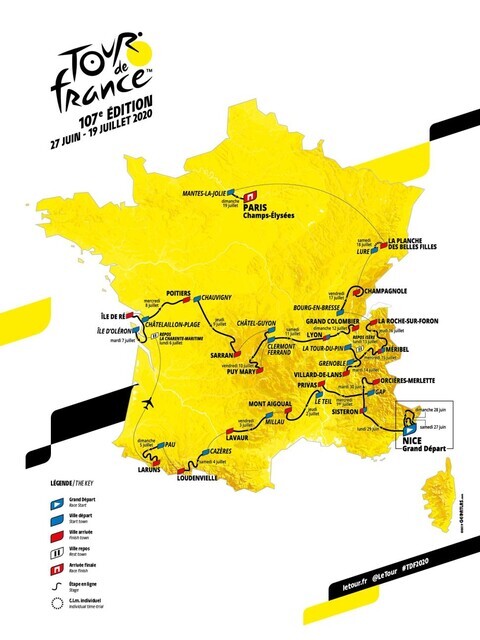



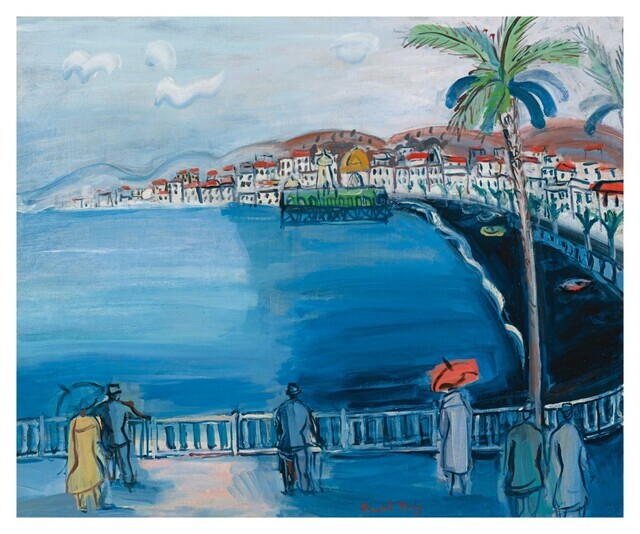




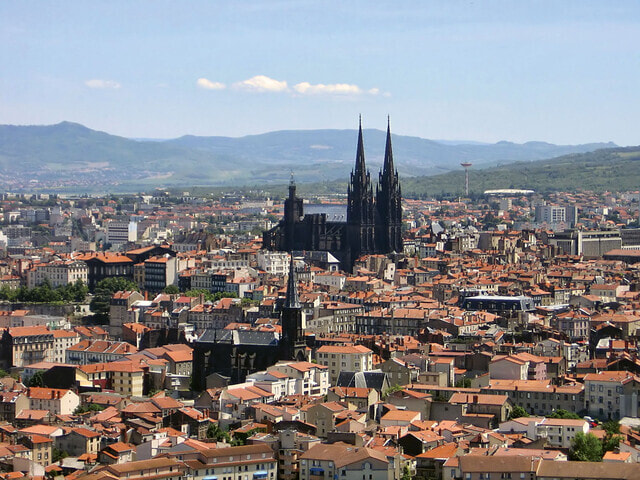
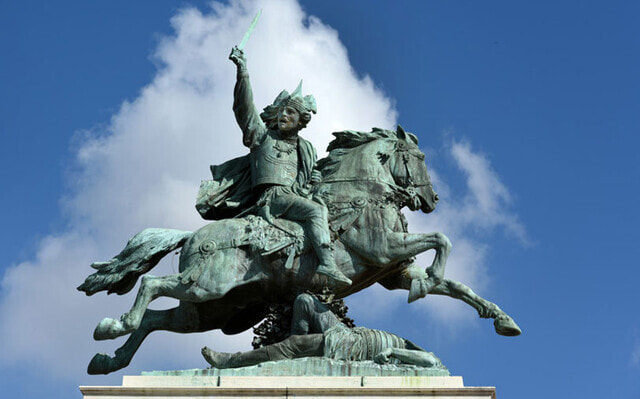

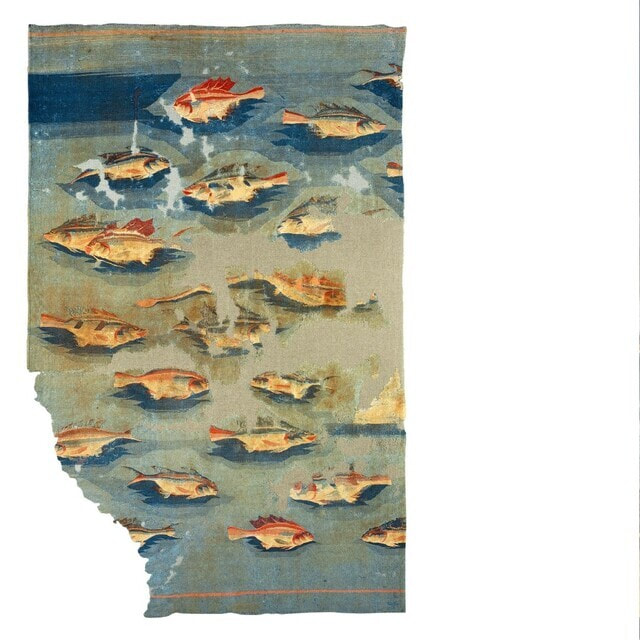


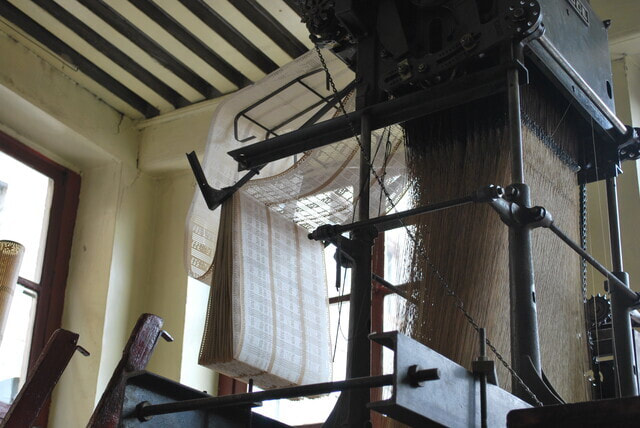
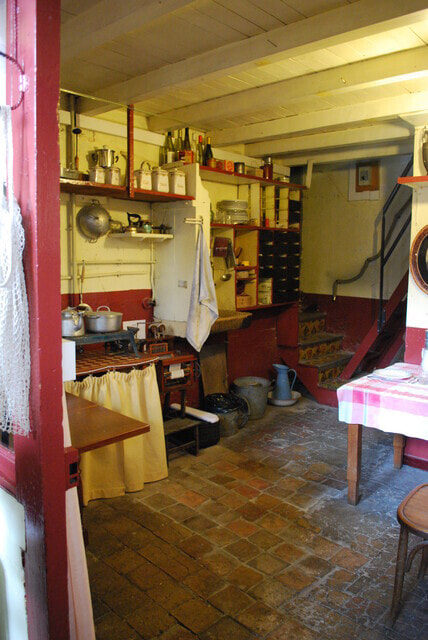

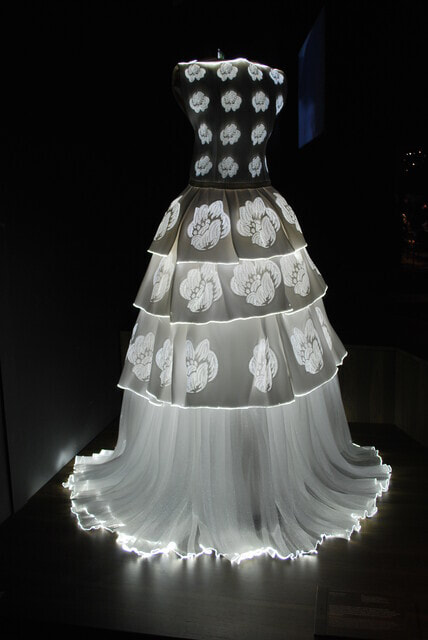
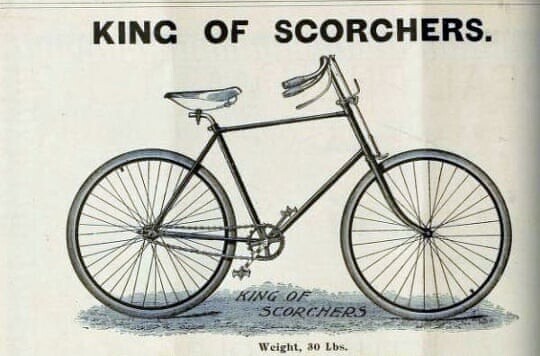

 RSS Feed
RSS Feed


